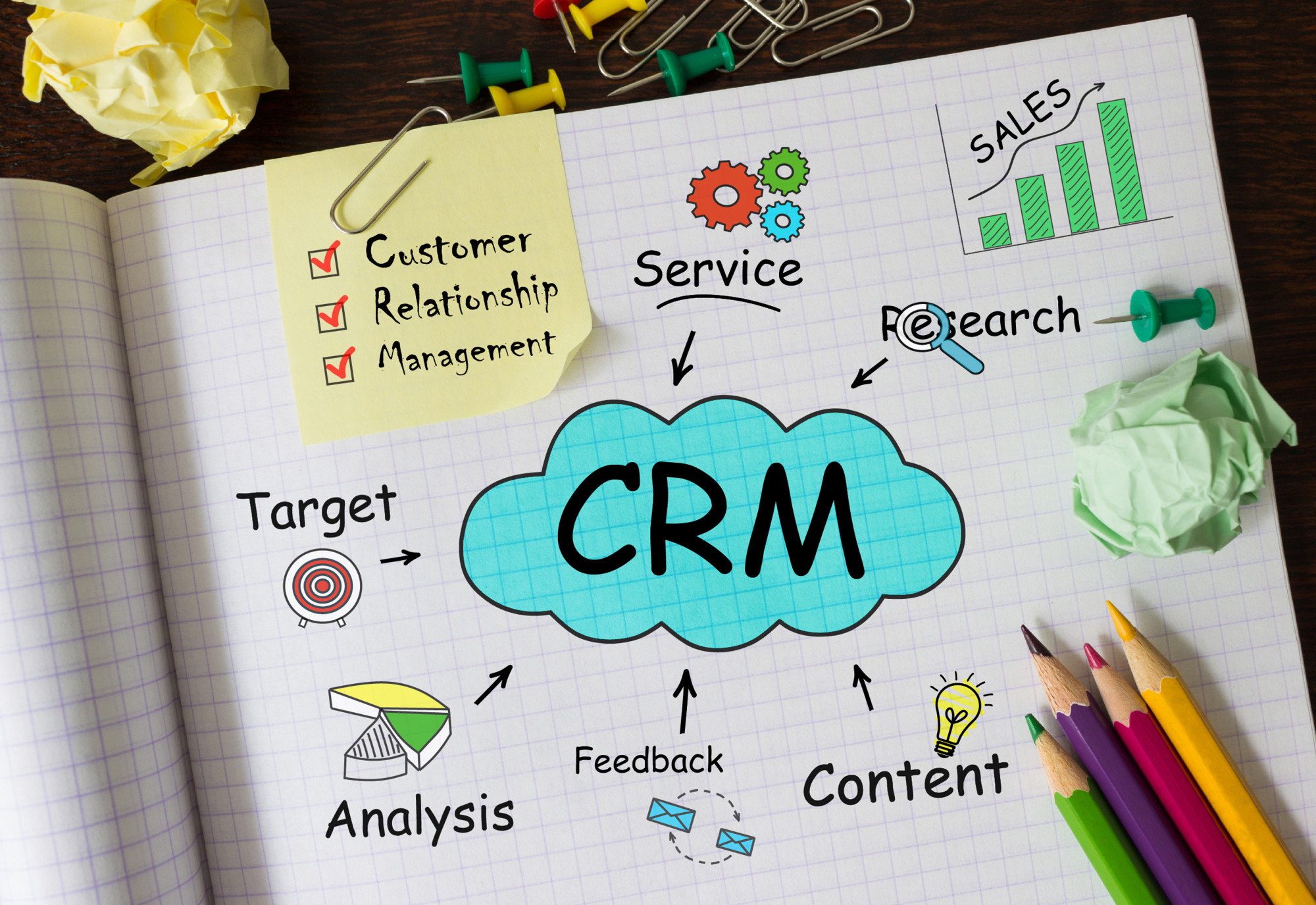Read These CRM Examples! They Could Save Your Business.

Businesses rely on two things to beat the competition: big data and customer relationships.
A customer relationship management (CRM) system can help businesses do both by working within one system. That’s why more companies are using CRMs. A CRM that’s used effectively can help businesses manage important metrics in customer service, sales, and marketing.
Like any tool, however, it’s only as effective as the team using it. Are you taking full advantage of your CRM?
Read on to discover the best CRM examples that you can follow to unleash the real power of data in your business.
Benefits of Using a CRM
What can a CRM system do for your business? Quite a bit. Let’s dig deeper to find out how a CRM can work in your business.
Deliver Personalized Service
If there’s one thing that matters more to consumers, it’s personalization. They have high expectations of your business and you can meet them by treating them as individuals with unique issues. It can help you craft the best marketing messages for your marketing campaigns.
What CRM systems allow you to do is maintain data points about your customers in one place.
Breaks Down Silos
Do the different departments within your organization function like separate departments, or do they work together? For most businesses, departments function in silos with little communication between them.
That can give the appearance to your customers that the right hand doesn’t know what the left hand is doing. It can also lead to a poor customer experience.
With a CRM, a customer’s entire data profile is in the database. That includes notes from contacts with the sales team. The customer relationship team can then bring up those notes and help customers address any issues more effectively.
Higher Customer Retention
When customers have a positive experience with your company, they’re likely to remain customers. It’s pretty simple. Customer retention is a big concern for most businesses because it costs so much more to replace those customers.
When your teams work together and deliver a good experience, your churn rate will drop. As a result, your profitability will rise.
Better Reporting
With CRM systems, you can see exactly which reps are being productive and which ones need addressing. You can gain valuable insights on marketing campaigns, conversions, the close rate of your sales team, and the retention rate of your business.
All this data will help you make more strategic decisions that benefit the long term health of your company, rather than reacting to specific situations.
Top CRM Examples
Now that you know the benefits of using a CRM, would you like to see some CRM examples? Let’s take a look at how companies put CRMs into action.
CRM for Sales
If you’re looking for a CRM for sales, look at SalesForce. It’s one of the most widely used CRM solutions because it’s such a comprehensive tool.
Many organizations use SalesForce because it does allow your business to access data across departments. It’s used by marketing, sales, and customer service. Each customer interaction is documented, giving your executive team a lot of data points to make informed decisions.
Customer Support CRM Examples
Customer expectations of the service they receive have never been higher. About 82% of all customers expect to get an immediate response to their inquiry.
How can you manage such incredibly high expectations? With a CRM system. You can have a CRM that incorporates a feature like Live Chat or Instant Messaging to help your customer service team stay on top of inquiries.
With these features integrated into your CRM software, your team can create a potential customer profile. They can see if they interacted with past marketing efforts and answer their questions. If a customer seems close to making a purchase, that lead goes on to your sales team to close.
How to Choose the Right CRM for Your Business
Are you ready to start shopping for a CRM solution for your business? There is a wide range of CRM tools that you can use. You want to make sure that you get the right CRM for your business to ensure that you get a high return on investment.
Here are some things that you should keep in mind when you’re choosing a CRM.
Know Your Business Needs
While a number of CRM solutions will give you the ability to work across departments, some are more focused in one area, such as marketing.
You want to get an idea of your business needs, who will be using the tools, and what your budget it.
Ease of Use
Some CRM solutions are so robust, that they become difficult to use. You want to make sure that the solution that you decide to go with is easy for anyone on your team to use.
Support and Training
Your CRM solution is only as useful as the people using it. In other words, if your team is having a hard time using it, information will be inaccurate. That will lead to poor customer experience.
You want to know what kind of training and support is available for your team as they start to use the CRM.
This is a brief overview of how to choose a CRM. For a more in-depth look at picking the right CRM, check out this article at Happy Grasshopper.
The Top CRM Examples for Your Business to Follow
A customer relationship management system can help you track your customers in a way that helps you deliver a personalized experience. A CRM can also help your various teams work together to meet the high expectations that customers have of your business.
When you look at the CRM examples presented here, you’ll find that they use the tools in a way that keeps customers first. That doesn’t matter if it’s through marketing, sales, or customer service that’s working with the customer.
For more great customer communications tips, check out this article to help your business choose the right phone systems for small business.



